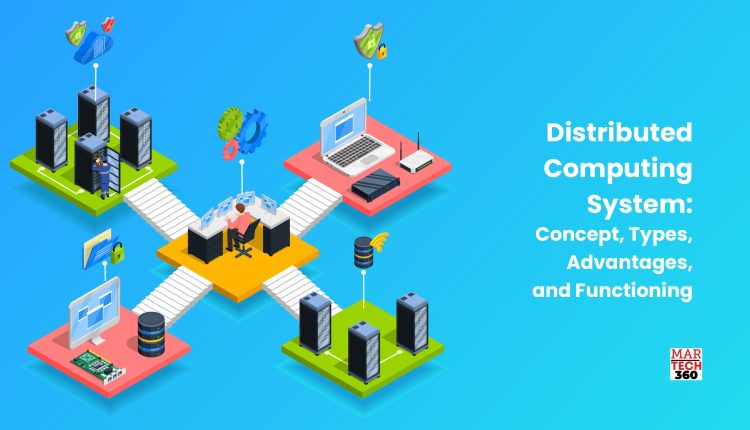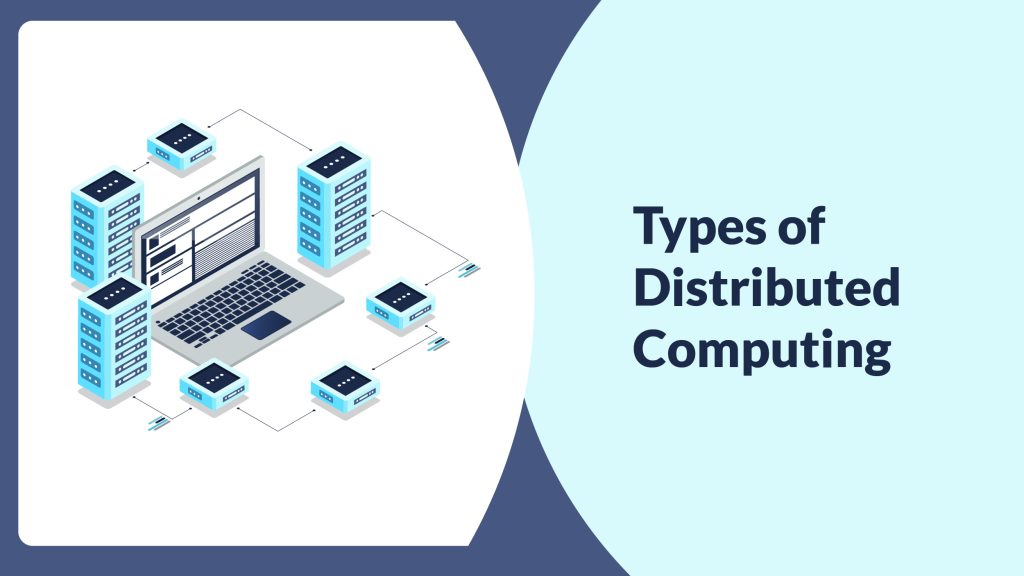With increased investment from various industries in the IT sector, the IT sector is rapidly expanding. As a result, IT strategists and analysts are constantly searching for cost-effective, transparent IT resources in order to maximize performance. Distributed computing concepts, for example, play a critical role in ensuring fault tolerance and enabling resource accessibility while effortlessly maximizing performance.
What is a Distributed Computing System?
In its broadest sense, distributed computing refers to multiple computer systems collaborating on a single problem. A single problem is divided into many parts in distributed computing, and each part is solved by a different computer. The computers can communicate with each other to solve the problem as long as they are networked. When done correctly, the computers behave as if they were a single entity.
To share resources, organizations previously relied on database administrators (DBAs) or technology vendors to connect computing resources across networks within and across data centers. Leading cloud vendors are now making it easier to add servers to a cluster for increased storage capacity or computing performance.
Distributed computing enables greater levels of agility when dealing with growing workloads due to the ease and speed with which new computing resources can be provisioned. This enables “elasticity,” or the ability of a cluster of computers to be easily expanded or contracted based on the immediate workload requirements.
Advantages of Distributed Computing
 Distributed computing allows all computers in a cluster to collaborate as if they were one. While this multi-computer model is complex, the benefits outweigh the drawbacks:
Distributed computing allows all computers in a cluster to collaborate as if they were one. While this multi-computer model is complex, the benefits outweigh the drawbacks:
1. Scalability – Distributed systems can be scaled to meet your specific requirements and workload. The distributed computing network can be expanded as new nodes or computing devices are required.
2. Availability – Your distributed computing system will not fail if one of the computers fails. The design demonstrates fault tolerance because it can continue to run even if individual computers fail.
3. Consistency – Despite the fact that computers in a distributed system share information and duplicate data, the system manages data consistency across all computers automatically. As a result, you get fault tolerance while keeping data consistency.
4. Transparency – Distributed computing technologies logically separate the user from physical equipment. Without having to worry about individual machine setup and configuration, you can communicate with the system as if it were a single computer. To keep your system running smoothly, different hardware, middleware, software, and operating systems can coexist.
5. Efficiency – Distributed systems provide faster performance while making the best use of the underlying hardware’s resources. As a result, you can handle any workload without worrying about system failure due to volume surges or underutilization of costly hardware.
Types of Distributed Computing.
Based on their architecture and functionality, distributed systems are classified into several types. There are numerous other variations and hybrid systems that combine various architectural styles to meet specific needs, but the four most common types are as follows:
Client-Server Systems
Client-server systems are among the most common types of distributed systems. Clients and servers are the two main components of this architecture. Clients send requests to servers, which process them and return the results. Clients and servers can run on separate machines or networked devices. This system is commonly used in web applications, where the client (web browser) requests data from the server (webserver).
Peer-to-Peer Systems
Peer-to-peer (P2P) systems are distributed decentralized systems in which all nodes can function as both clients and servers. A P2P system eliminates the need for a central server by allowing each node to request and provide resources directly to other nodes. Distributed file sharing, content distribution, and decentralized communication are all possible with this system. BitTorrent and blockchain networks such as Bitcoin are examples of P2P systems.
Distributed File Systems
Distributed file systems are intended to provide file and data access across multiple machines or nodes. Users can use these systems to access files stored on remote machines as if they were locally stored. Redundancy, fault tolerance, and scalability are common features of distributed file systems. Hadoop Distributed File System (HDFS) and Google File System (GFS) are two examples of distributed file systems.
Message-Oriented Middleware Systems
Message-oriented middleware (MOM) systems use messages to facilitate communication and coordination among distributed components. Components in this type of system communicate with one another via a middleware layer, which handles message routing, queuing, and delivery. MOM systems support reliable and asynchronous communication by allowing components to be loosely coupled. Apache Kafka and RabbitMQ are two examples of MOM systems.
How does distributed computing work?
Within the distributed systems architecture, computers pass messages to each other to perform distributed computing. Communication protocols or rules create dependencies between distributed system components. This interdependence is referred to as coupling, and there are two kinds of coupling.
Loose coupling
Components in loose coupling are weakly connected, so that changes to one do not affect the other. Client and server computers, for example, can be loosely coupled by time. Messages from the client are queued on the server, and the client can continue to perform other tasks until the server responds.
Tight coupling
Tight coupling is frequently used in high-performance distributed systems. Fast local area networks typically connect multiple computers, forming a cluster. Each computer in a cluster is programmed to perform the same task. Central control systems, also known as clustering middleware, manage and schedule tasks as well as coordinate communication between computers.
To Sum It Up
Subsequently, distributed systems have grown in importance in the world of computing because they provide numerous benefits such as scalability, fault tolerance, and improved performance. Distributed systems enable the efficient processing of large-scale tasks, improve reliability through redundancy, and provide the flexibility to adapt to changing demands by distributing the workload across multiple nodes or components.
The importance of distributed systems will grow as technology advances and there is a greater demand for scalable and reliable computing solutions. Distributed systems play an important role in shaping the modern computing landscape, whether they power cloud computing, support large-scale data processing, or enable decentralized networks.



Comments are closed.